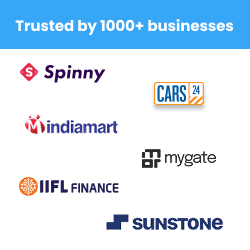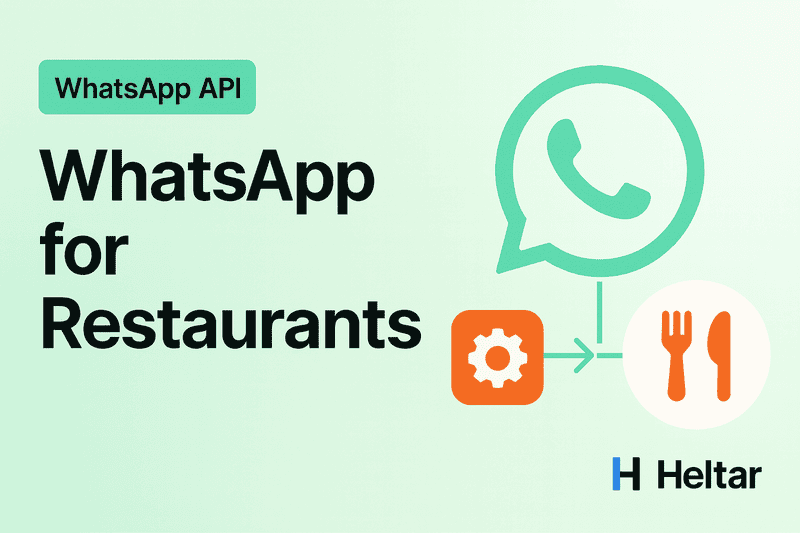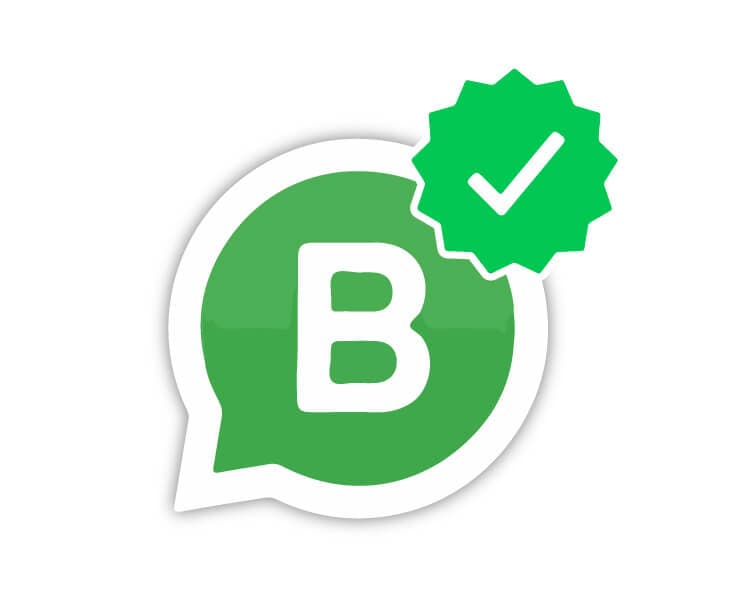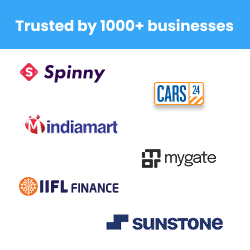You open the inbox to help customers, then the real mess starts, unassigned chats, duplicate replies, lost context, and no clear owner. The tool is there, but small choices cost you time and money. Here is a clear, step by step guide to using Wati’s Team Inbox the right way, plus the downsides you should expect, and how Heltar handles the same work with less friction.
What Wati’s Team Inbox can do
Handle live chats in one place
Assign conversations to an operator
Mark favorites and update topics
Add contact fields and quick replies
Send template messages
Add internal notes
Trigger basic flows for repetitive steps
Chats stay visible after 24 hours. You can still send template messages. Old threads do not auto remove, you must clean them up yourself.
Set up the inbox in 10 minutes
Step 1: Set ownership rules
Decide who owns billing, sales, VIPs. Write a one line rule, if X then assign to Y. Post it for the team.
Step 2: Publish 10 quick replies
Create the top replies on the web app first. Keep them short. Examples, greeting, order status, return policy, payment link help.
Step 3: Add useful contact fields
Create fields you will filter by later, for example Country, Plan, Segment, Source. Keep values simple, IN or US, Growth or Pro.
Step 4: Clean alerts
Turn on message alerts for agents. Keep sounds off during focus time. Make sure the browser allows notifications for your Wati site.
Work the inbox - Step-by-Step
Start or end a live chat
Open the inbox
Pick a contact, type and send
To finish, close the thread and leave a short note
Assign a ticket
Open the chat
Click Assign
Pick the operator or team
Use assignment first, not shout outs in chat. That cuts double replies.
Use quick replies
In the message box, open Quick Replies
Pick a saved line, edit the variable if needed
Send
If a reply is missing, add it to the shared list later. Do not free type the same line all week.
Send a template message
Choose Template in the message box
Select the approved template
Fill variables
Send
Templates keep your copy consistent, and they are required after the 24 hour window.
Add or find contact info
Mark a contact as favorite for fast access
Change the topic name so future you knows what this is about
Add or edit contact fields to keep data tidy
Use search and filters to jump to the right thread
Add internal notes
Click Notes in the chat
Add a short summary, the promise, date, next step
Save
Notes stop rework when a chat shifts hands.
Download a chat
Open the conversation
Click Download
Save the text file for audit or handoff
Trigger a flow
From the chat, choose a flow or rule
Confirm any inputs
Start
Flows can handle simple repeats, status checks, or routing.
Why Choose Heltar Over Wati?
Unless you want your marketing budget to get over before you acquire any customers, Heltar's the way to go. Here's why!
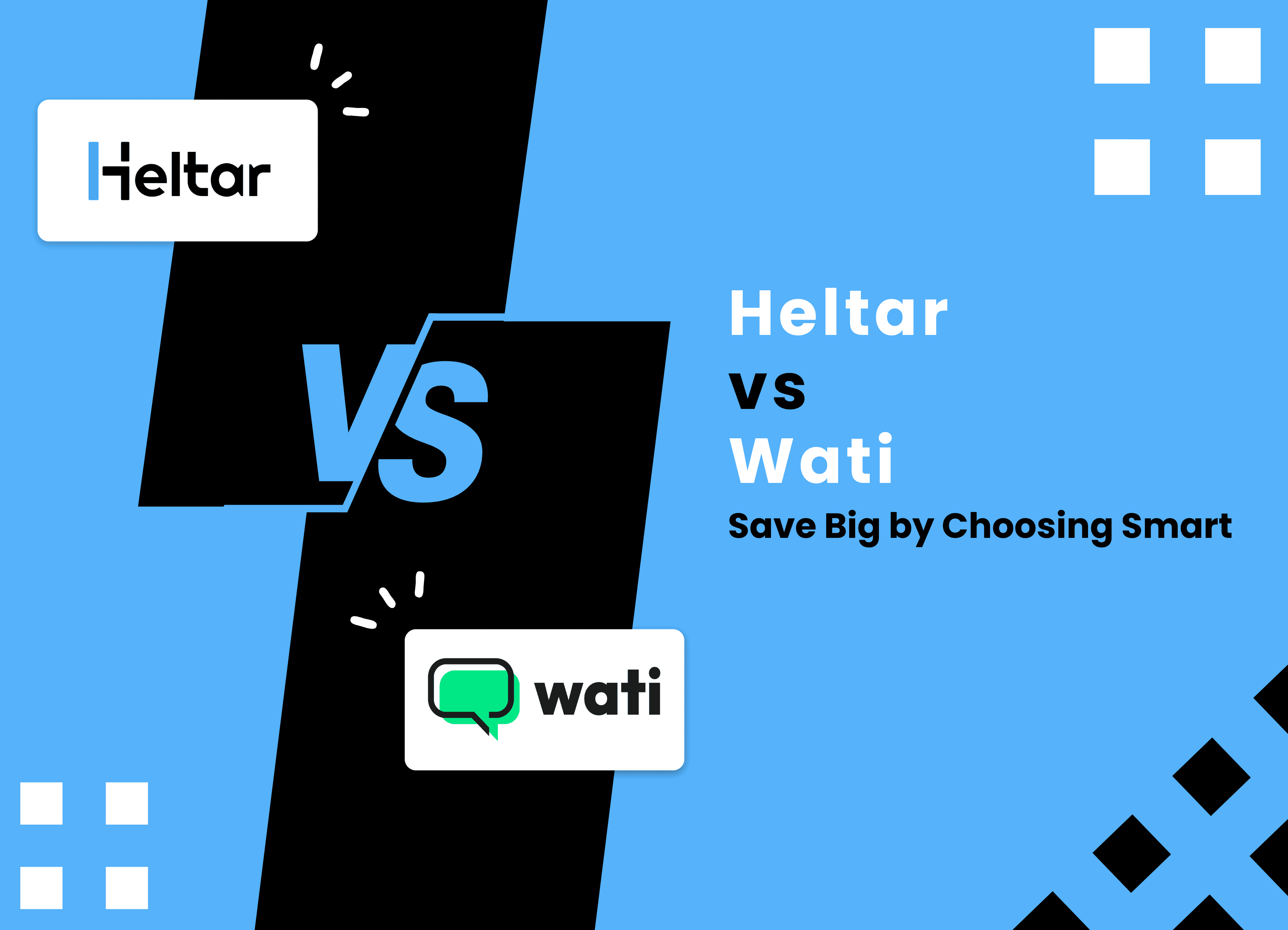
Metric | Wati | Heltar |
Base Subscription Fee | Expensive - Starts ₹2,499/month | Lower, budget-friendly - Starts ₹999/month |
Pricing Structure | Tiered, complex | Simplified, transparent |
Markup on Conversations | Up to 100% over Meta Charges | Flat 5% across all conversation types |
Extra User Fees | Upto ₹3,999/Month/User | No additional charges |
API Integrations | Charged separately (e.g., $4.99/month for Shopify) | No extra charges |
Customer Support | Limited (No setup support in Growth and Pro plan) | Full support for all customers |
User Interface | Complex & Difficult to navigate | Intuitive & user-friendly |
Lower Platform Fees and Markups
Wati: Wati’s pricing plans start from ₹2,499 per month, scaling up to ₹16,999 per month for the business plan. The multiple packages and tiered features make it expensive, especially for small and medium-sized businesses. The incremental costs for unlocking advanced features force businesses to either commit to higher-tier plans or compromise on functionality.
Heltar: In contrast, Heltar offers lower subscription fees with a base plan starting at a more affordable monthly rate. It is designed to be budget-friendly for businesses of all sizes, particularly small and medium enterprises (SMEs) looking to minimize upfront costs, along with a simplified and transparent conversation pricing model, charging a flat 5% markup across all conversation types.
No Extra/Hidden Charges for Integrations
Wati: While Wati provides robust features, many advanced capabilities are locked behind higher-priced plans. Essential features like advanced analytics, automated workflows, and API integrations are only available in the more expensive plans. Apart from that, Wati charges extra fees for employing integrations, like an additional USD 5 per month for a shopify integration, and additional charges for extra users.
Heltar: Heltar includes advanced features—automation, analytics, customer segmentation. Businesses benefit from unrestricted access to essential tools allowing them to leverage full functionality of the platform.
Intuitive and User-Friendly Interface
Wati: Wati offers a variety of features, but the interface could be difficult to learn for inexperienced users. The tiered functionality makes it hard to locate important tools within the complex menu structure it offers. It may be a real pain for people who are not familiar with navigating multi-tiered software ecosystems.
Heltar: Heltar’s platform is designed with ease of use in mind. It features an intuitive interface, making it simple to navigate, even for those new to such systems. The user-friendly dashboard provides easy access to key tools, reducing the learning curve and allowing businesses to get up and running quickly without sacrificing functionality or efficiency.
Well Rounded Customer Support: While Wati does not provide even setup support in the growth plan, in Heltar, End-to-End Customer Support is made available to all customers, irrespective of their subscription plans. For us, at Heltar, Our Customers are our biggest priority, and we ensure they are well served through a comprehensive knowledge transfer of our platform and continued assistance.
